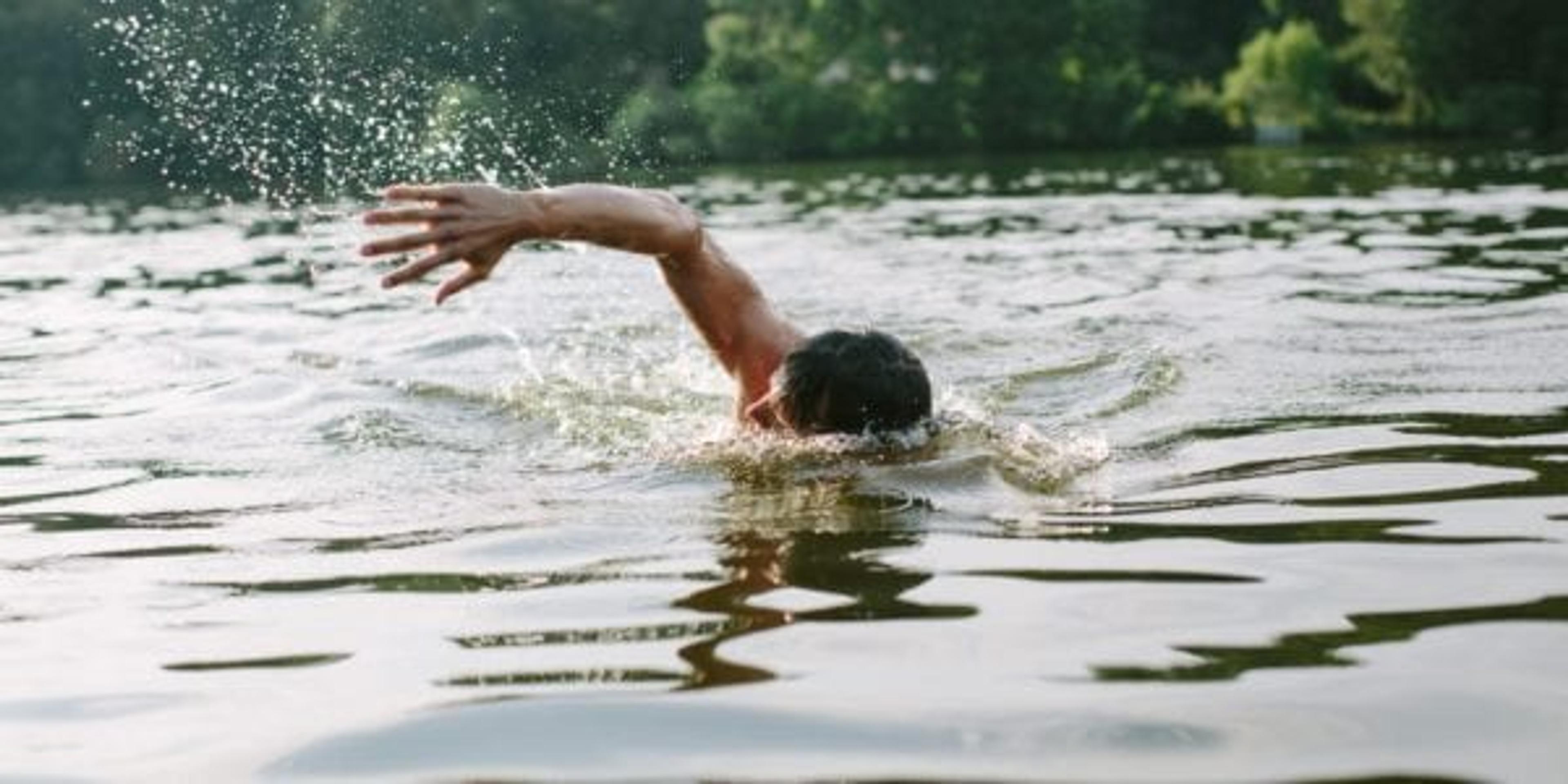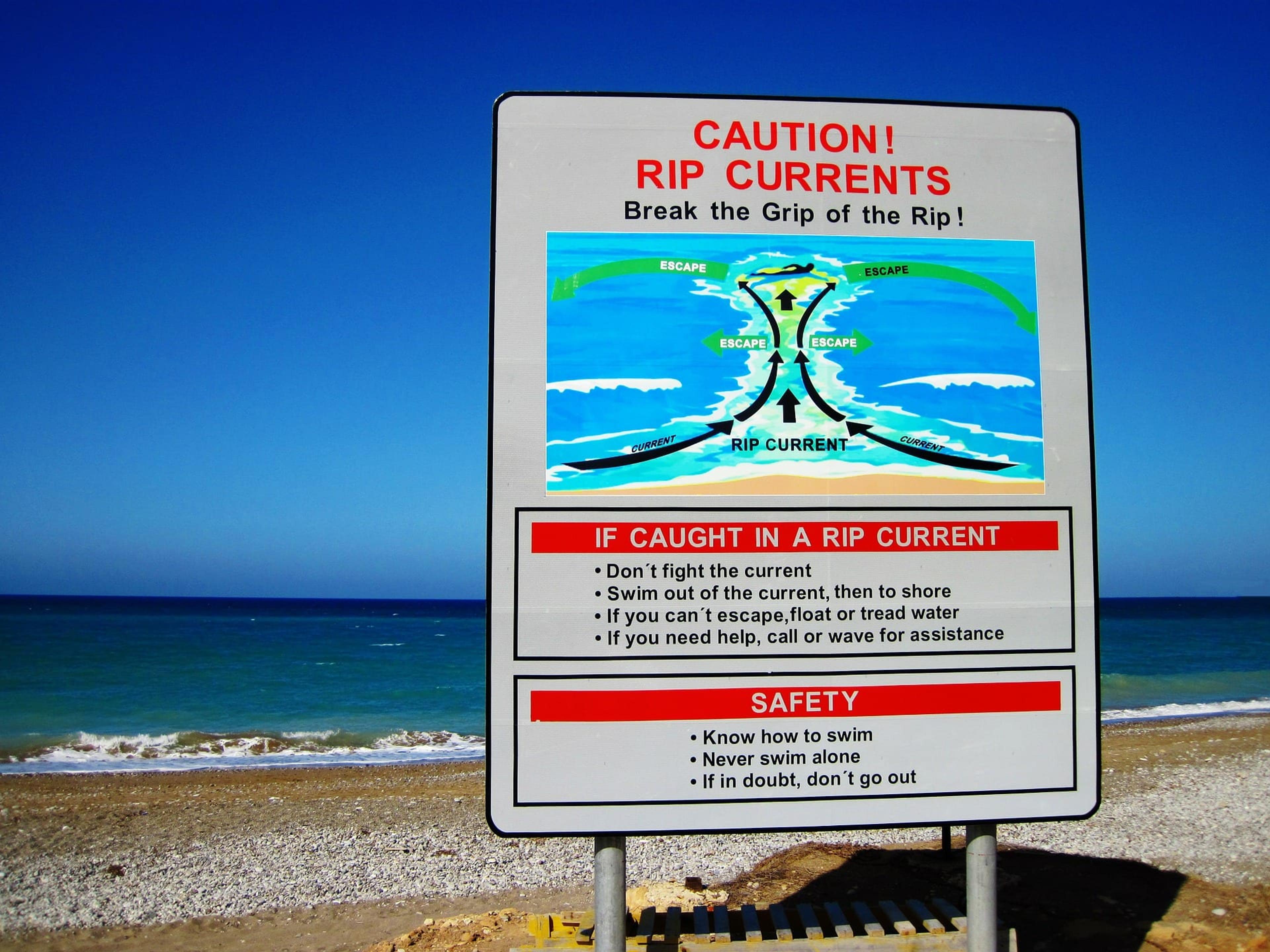The Lake Safety Tips Most People Don’t Know About
| 3 min read

If you had to take a swimming safety test, would you pass? You might know basic tips like keeping an eye on little ones in the water and not swimming when a lifeguard isn’t present, but what about the right way to get out of a rip current or signs your body temperature is getting too low in cold water? Here are a few key lessons that can help keep you and your family safe this summer.
Lesson 1: Escape from Rip Currents
If this summer is like most, around 10 people will drown because of dangerous currents in the Great Lakes. That’s why it’s so important to know when a rip current is present and how to swim out of one. Rip currents are powerful currents of water moving away from the shore. If you get caught in one, you can find yourself quickly getting swept out to deeper water. They are dangerous to all swimmers, even if you’re comfortable in the water.
While a quick check on this site can tell you if there are any warnings for dangerous currents where you are, you can also keep these clues in mind for spotting a rip current:
- There will be a section where waves aren’t breaking.
- There is a notable difference in the color of the water.
- Objects like seaweed are moving in the current away from shore.

If you realize you’ve been caught in a rip current, try your best to stay calm and swim parallel to shore. You can also float or tread water until you reach the end of the current. Attract attention by waving your arms and calling for help if you get pulled out too far to swim back.
Lesson 2: Steer Clear of Piers
Whether you’re vacationing on a lake or the ocean, you could find yourself swimming near a pier or jetty. While it might be tempting to jump off them, it’s best not to swim too close to these structures. In open water, a pier or jetty can create a strong, fixed rip current around it. Getting too close may cause you to get stuck in the current and get dragged along, potentially sending you into one of the support pillars or underneath the pier. Many piers are also used for fishing, which can create a dangerous situation with fishing lines and hooks.
Lesson 3: Know Signs of Summertime Hypothermia
Hypothermia isn’t a winter-only risk. It’s when your body rapidly loses heat and causes your internal temperature to drop to life-threatening levels. This can happen if you stay in cold water too long or sit out in wet clothes at night. The best way to protect yourself against summertime hypothermia is to plan ahead. Bring extra dry clothes, don’t sit around in wet swimsuits at night and be careful when swimming in water below 70 degrees. If you do notice symptoms like shivering uncontrollably and a loss of coordination, get out of the water and get warm.
You may also like:
Photo credit: alvarez (main) and Pexels.com





